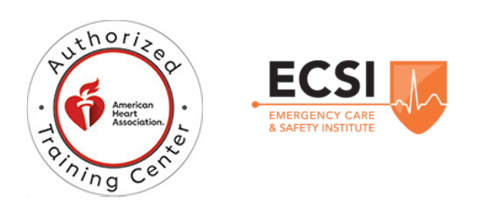Cardiopulmonary Resuscitation, most commonly called CPR, is a basic first aid that comes in handy in various situation. Although it is a basic practice, numerous efforts have been made to further develop how CPR is done due to its undeniable significance in extending a life.
The latest developments made by the American Heart Association in coming up with more effective ways in administering CPR is very helpful. Before, the ABC approach is widely upheld until recently when the AHA changed it to CAB approach. This new way will give more emphasis on the quality of sets of compression done on the victim instead on delaying it for airway. Also, this new approach will encourage more bystanders to administer CPR.
There are given situations when CPR should be given. These include cardiac arrest, near-drowning incidents, suffocation or any situation where a person is not breathing. CPR is given to ensure that the circulation of oxygenated blood that is needed by the vital organs are continued. The longer a bystander hesitates to do CPR, the higher the chances of a victim dying. This is why you everyone should be aware of CPR and when and how to administer them on certain situations.
CPR for Near-Drowning Victims
Drowning is a possibility in the water and there is no way of assuring that this will either happen or not. A victim may have been submerged in the water for too long that causes the body system to shut down due to lack of oxygen. It is important to know that water intake goes to the stomach instead of the lungs, unlike what most people commonly assume. This is due to laryngospasm, or the sealing of the larynx to prevent the water from heading to the lungs; however, some victims maintain this seal that can lead to cardiac arrest.
This causes a slight alteration on the AHA guidelines on CAB approach. Rescuers should deliver two rescue breaths first and then proceed to cycles of compression and breath. Thus, airway and breathing is given emphasis on this kind of scenario.
CPR for Cardiac Arrest
Cardiac arrest remains as one of the deadliest killers in the world. There is no way of telling if this will occur or not. Cardiac arrest happens when the heart suddenly stops beating that can lead to cutting off of the oxygenated blood that need to be delivered to the brain. In this given scenario, one must give emphasis on the quality of compression.
The CAB approach will delay the breathing of the victim for approximately 18 seconds. This is why the quality of cycles of compression should be ensured to make up for these delay. The depth of the compression should be at least two inches and with the rate of 100 sets per minute. The ratio of 30:2 sets of compression and breathing should also be observed.
CPR is an important life support that needs to be learned by everyone. If there is a life that needs to be saved, you can do it. By being aware of the importance and basics of CPR, you can extend a life.





